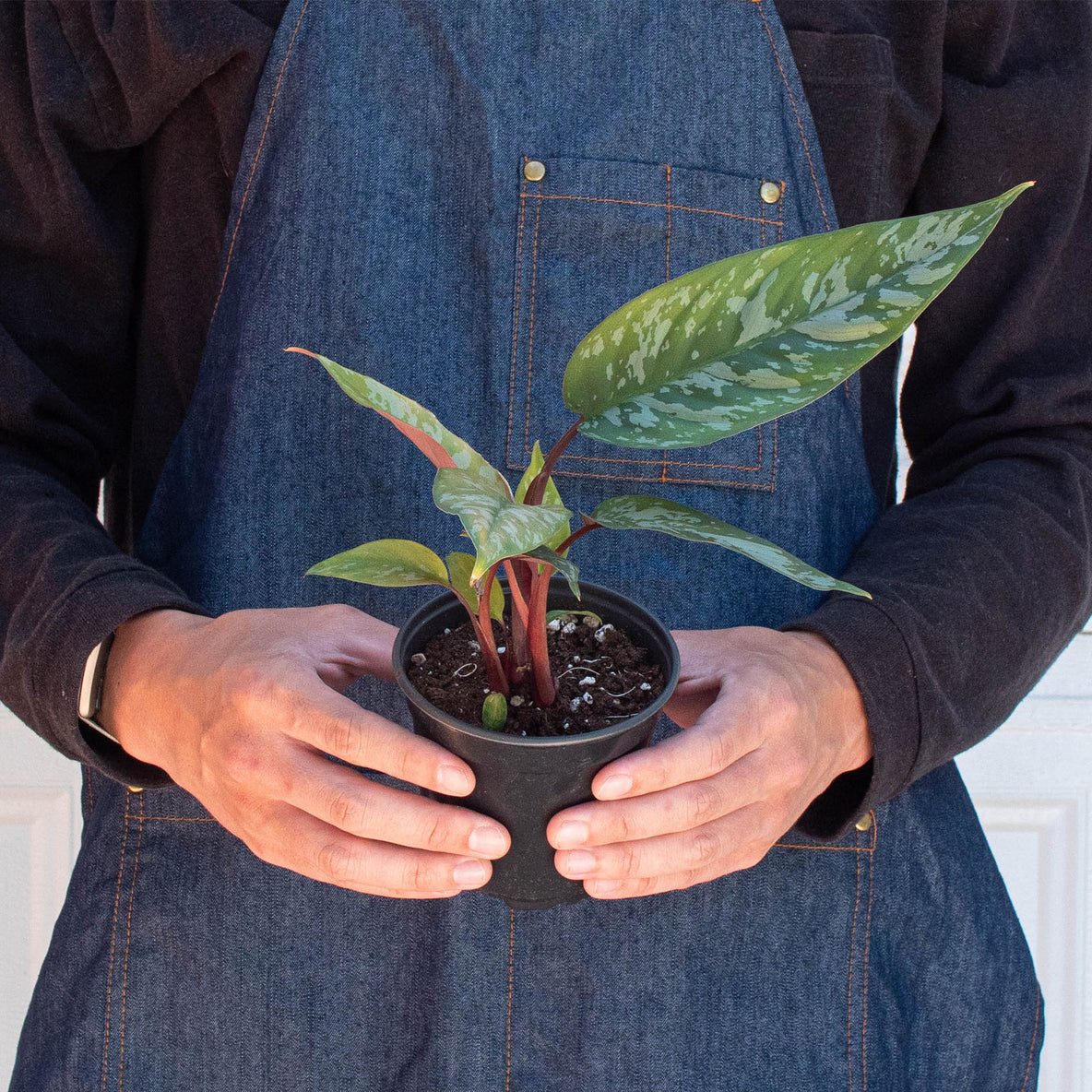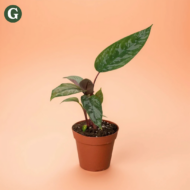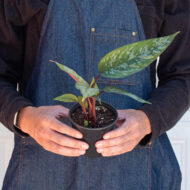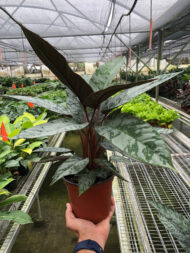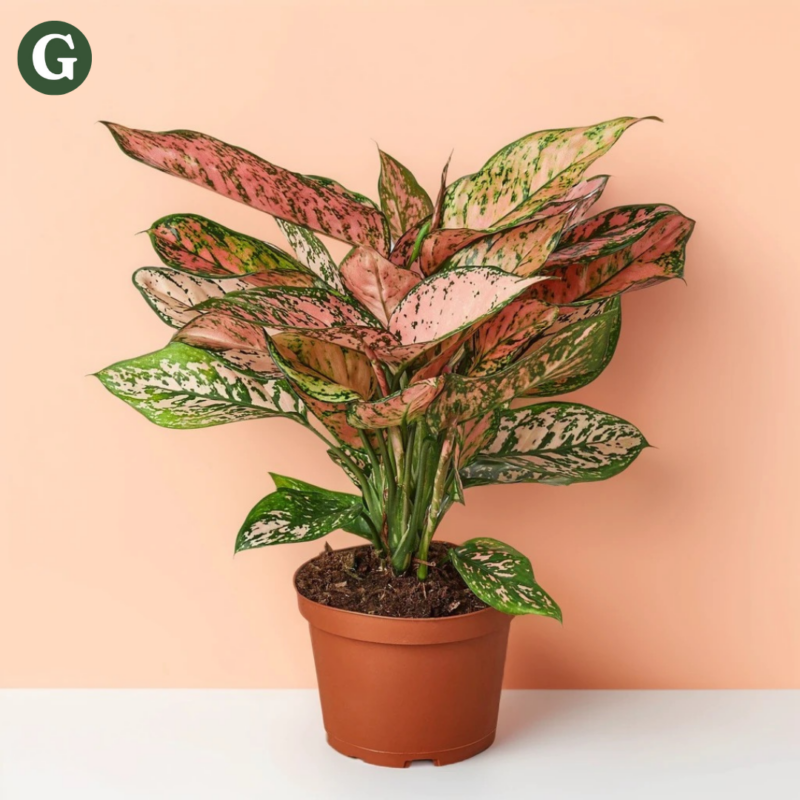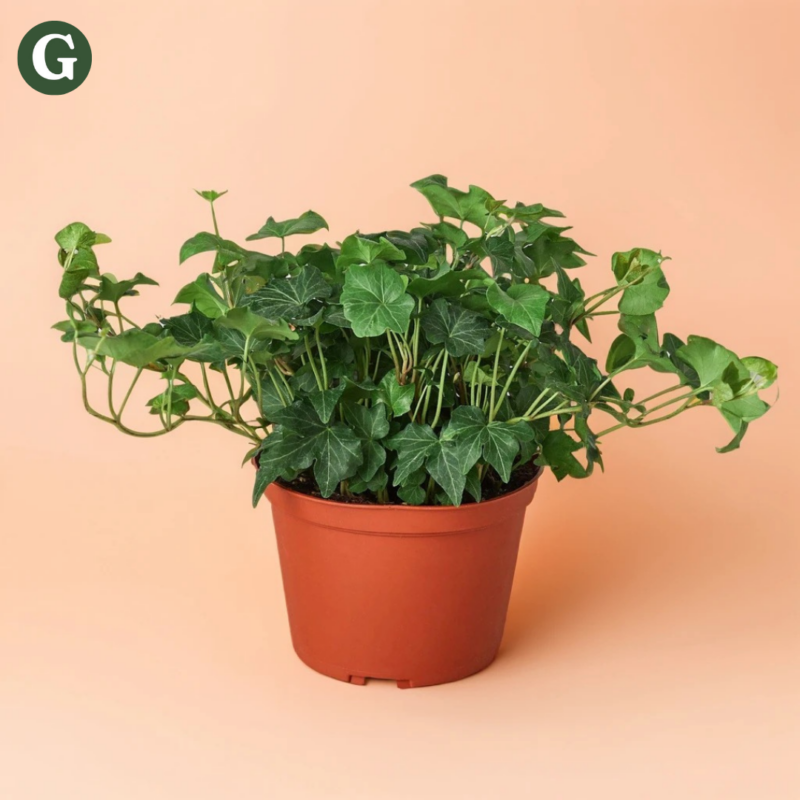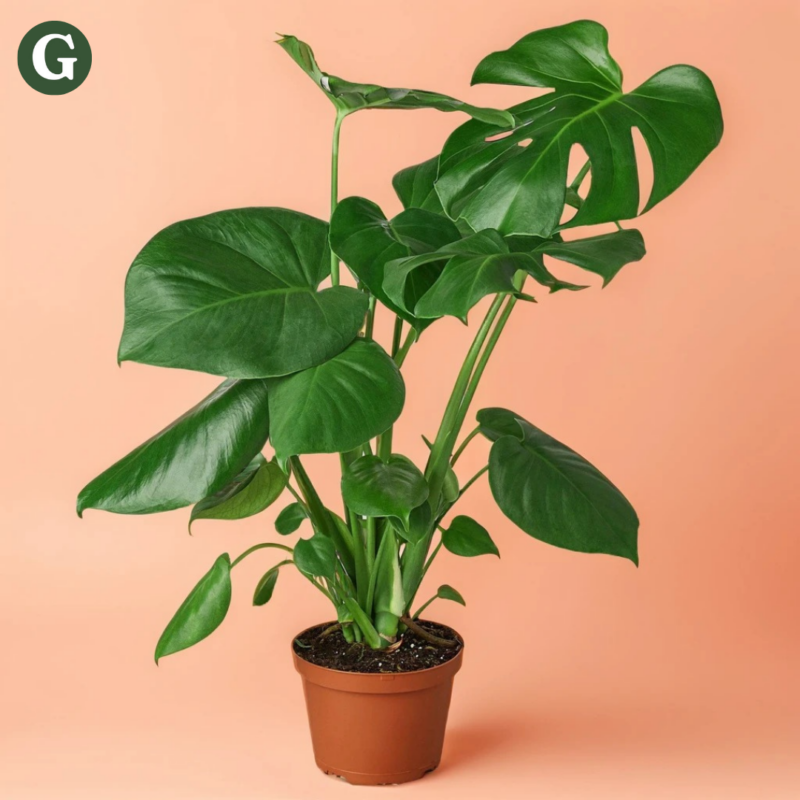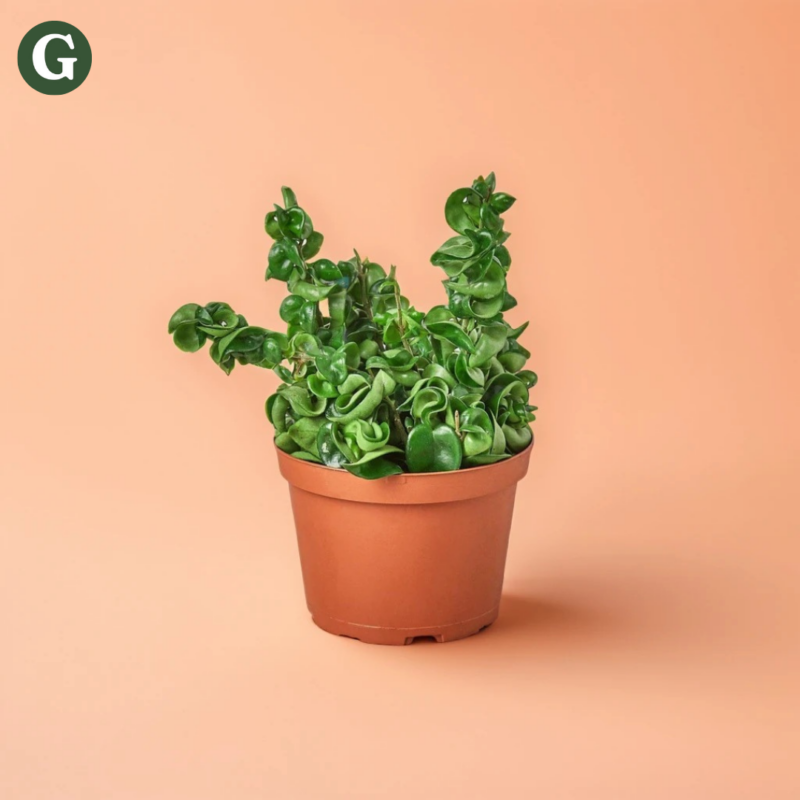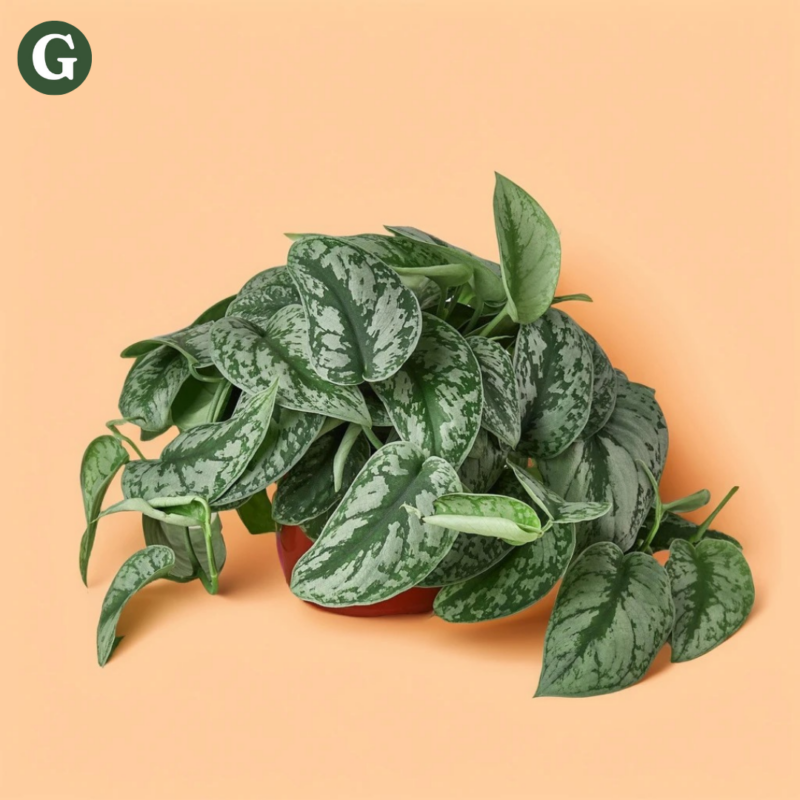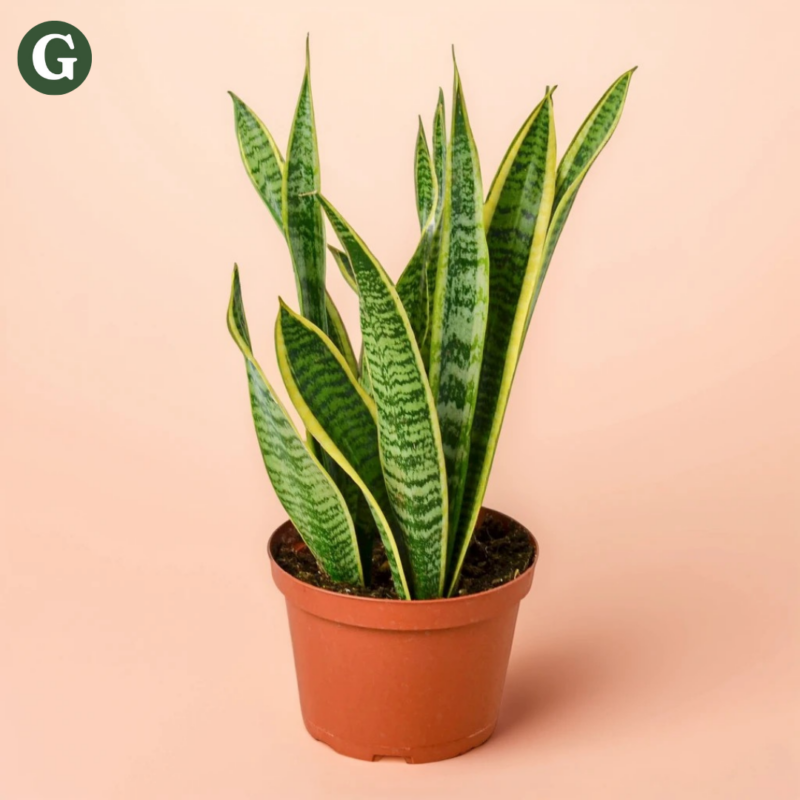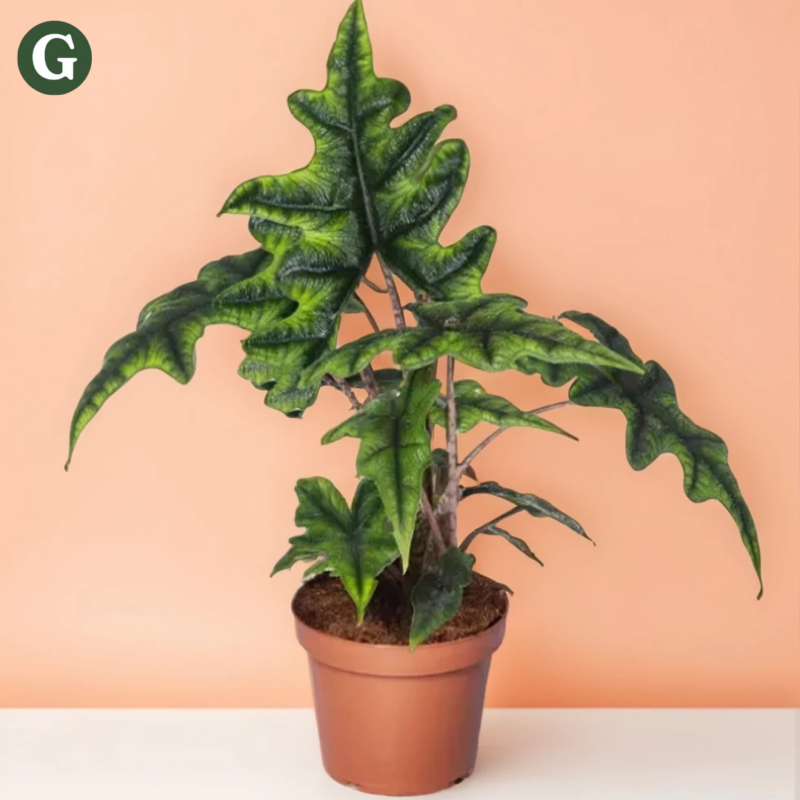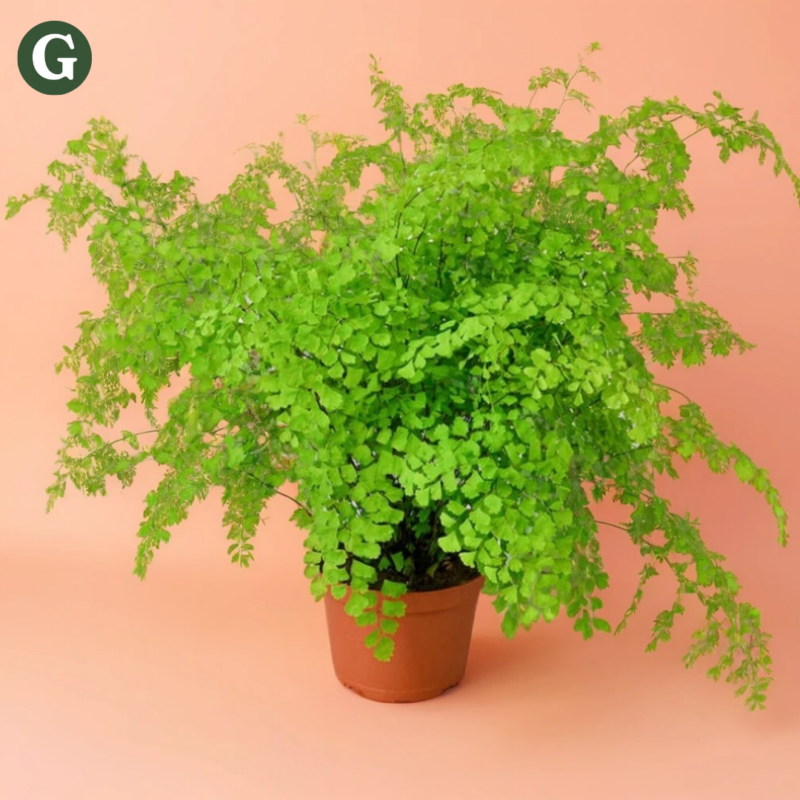Apoballis Purple Sword
Botanical Name: Apoballis 'Purple Sword'
Common Name(s): Purple Sword Apoballis, Purple Sword Plant
The Apoballis 'Purple Sword' is a striking tropical plant known for its elongated, sword-shaped leaves that exhibit a deep purple hue. This eye-catching plant adds a bold and dramatic splash of color to any collection, with its leaves transitioning from green to purple as they mature. The narrow, upright foliage has a sleek, sword-like appearance, which is where the plant gets its common name. Native to tropical regions of Southeast Asia, this plant thrives in bright, indirect light and adds a tropical flair to both indoor and outdoor gardens, especially in warmer climates.
This plant prefers well-draining, slightly acidic soil that retains moisture but does not become soggy. Like many tropical plants, the Apoballis 'Purple Sword' thrives in a warm environment, with ideal temperatures ranging between 65-80°F (18-27°C). While it enjoys humidity, it is somewhat more tolerant of drier air compared to some other tropicals. However, to keep the plant looking its best, especially during winter months when indoor humidity may be lower, occasional misting or the use of a humidity tray can help maintain its vibrant colors.
The plant’s striking purple leaves and unique form make it a perfect specimen for containers, hanging baskets, or as a dramatic focal point in a tropical garden. Apoballis 'Purple Sword' is not a particularly high-maintenance plant but does benefit from occasional pruning to keep it looking tidy and to encourage new growth. It can be trained to climb or cascade, making it versatile in various indoor and outdoor settings.
Note: The Apoballis 'Purple Sword' is generally non-toxic to pets and humans, but as with all plants, it's a good idea to keep it out of reach of curious pets who may nibble on the foliage.
Care Insights & Expert Tips
- Leaf Discoloration: If the leaves are losing their vibrant purple color, this could be due to insufficient light. Increase the light exposure (but avoid direct sun).
- Fertilize during growing season: Feed your plant with a balanced liquid fertilizer diluted to half strength once a month during the growing season.
- Repotting: Repot your Purple Sword every 1-2 years or when it becomes root-bound, using a well-draining potting mix. When repotting, gently check the roots for rot and remove any that look unhealthy.
- Watch out for pests: Keep an eye for common houseplant pests like mealybugs and spider mites. Treat infestations promptly with insecticidal soap or neem oil.

Visit our plant care library
Find essential tips to keep your plants thriving, vibrant, and healthy.

